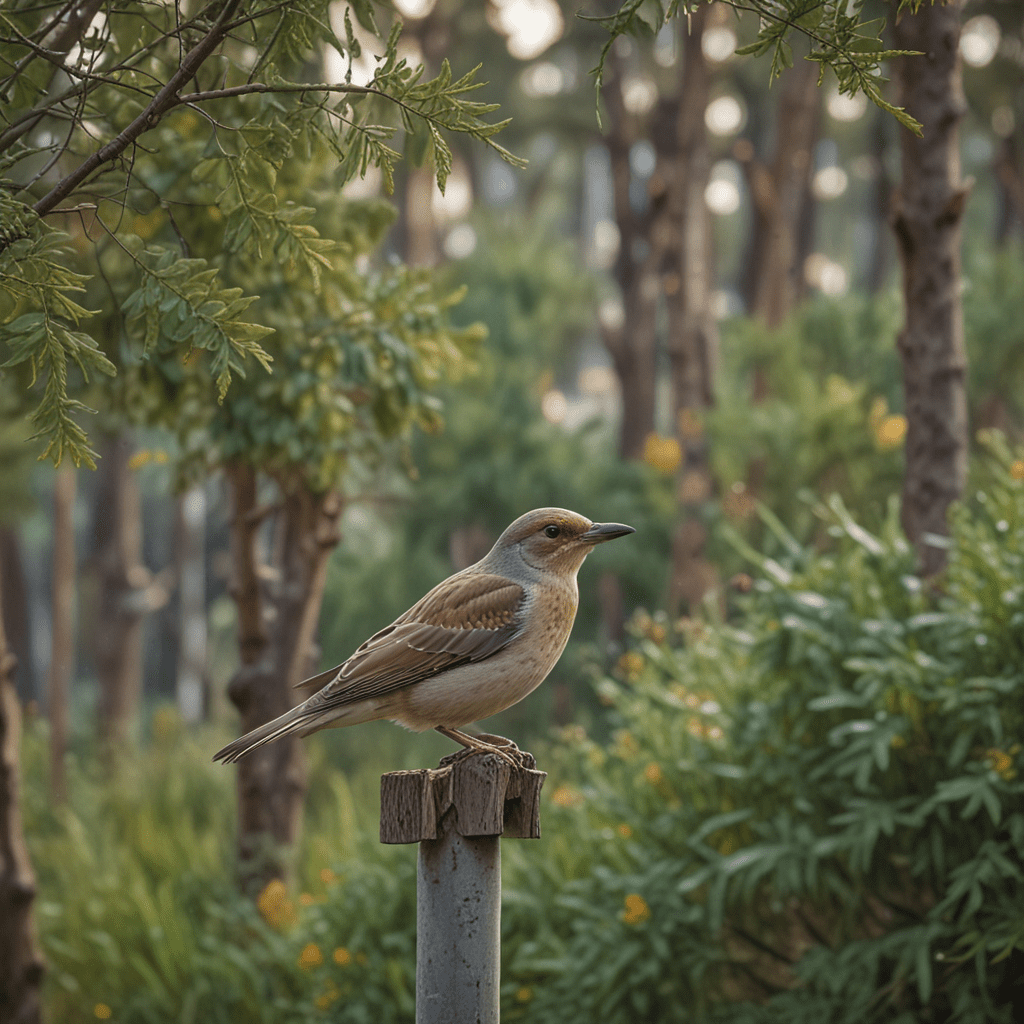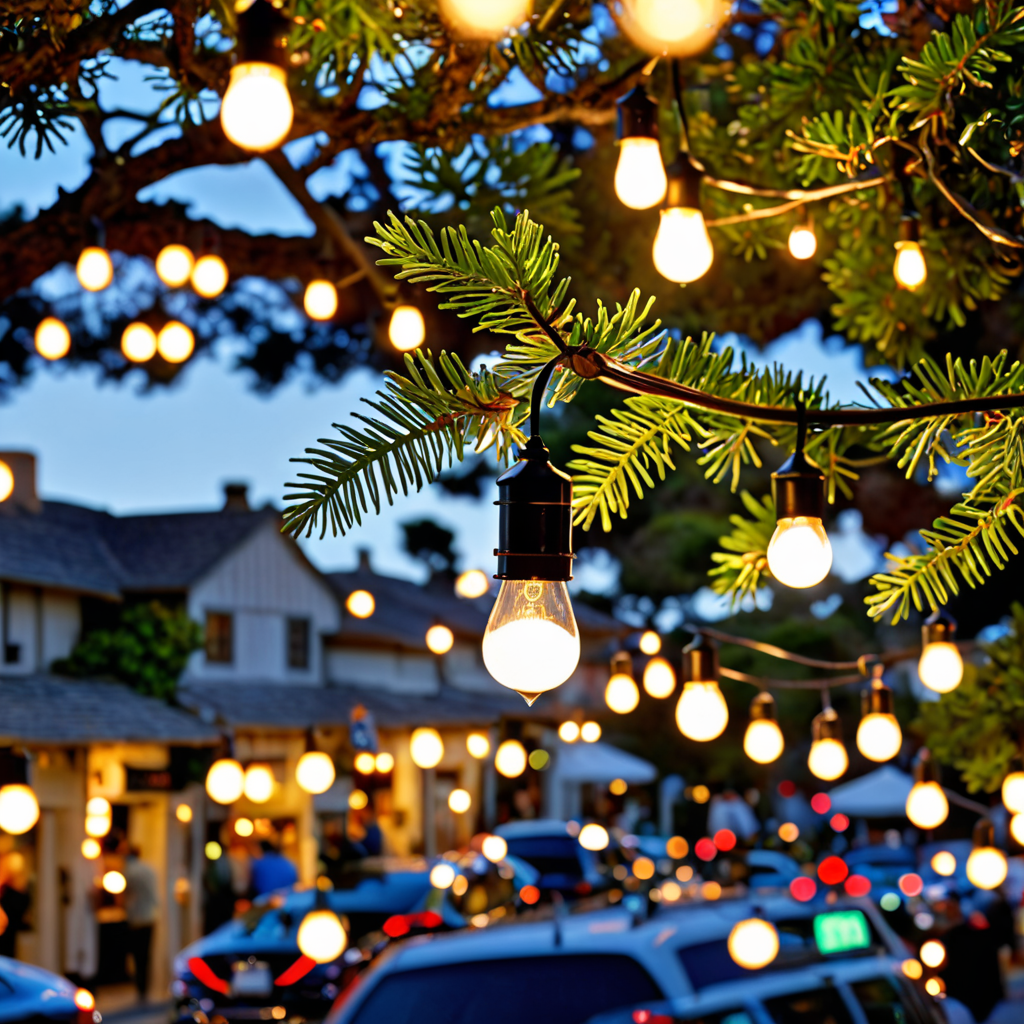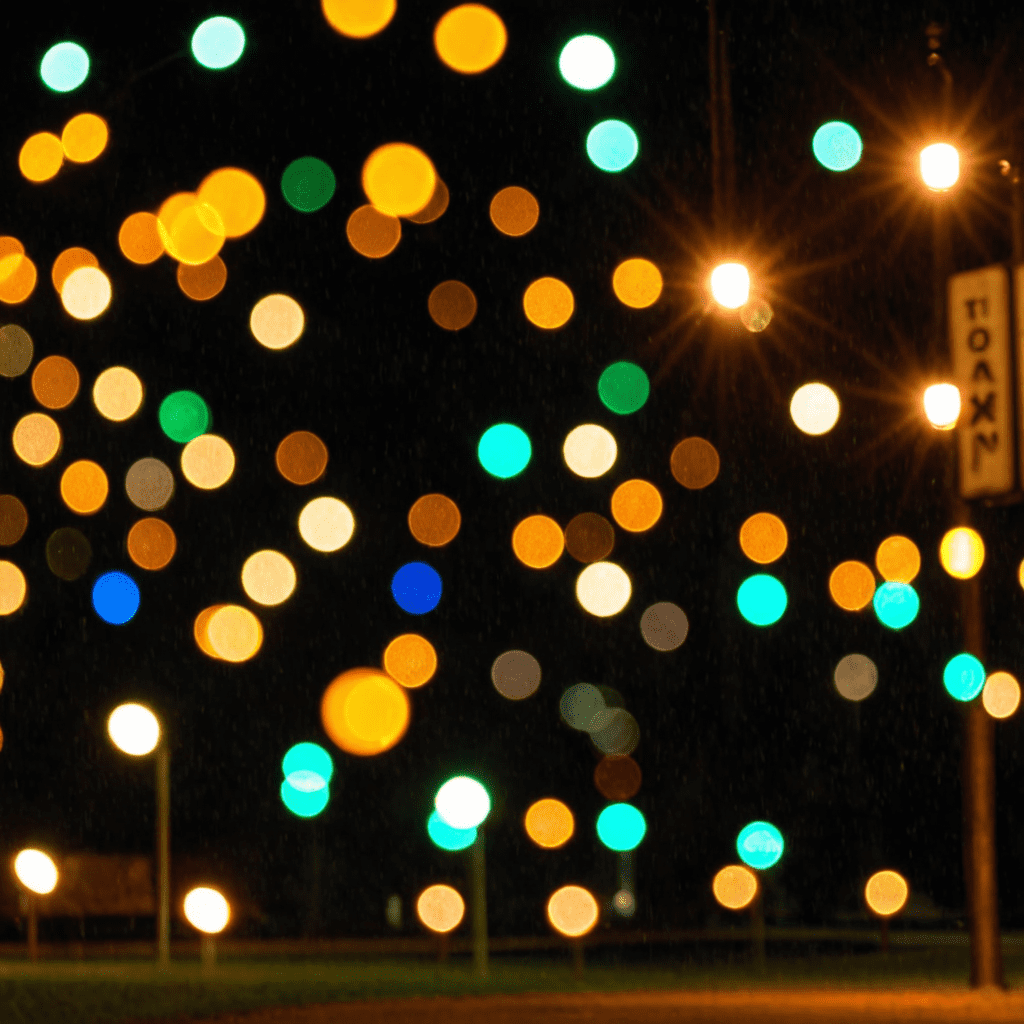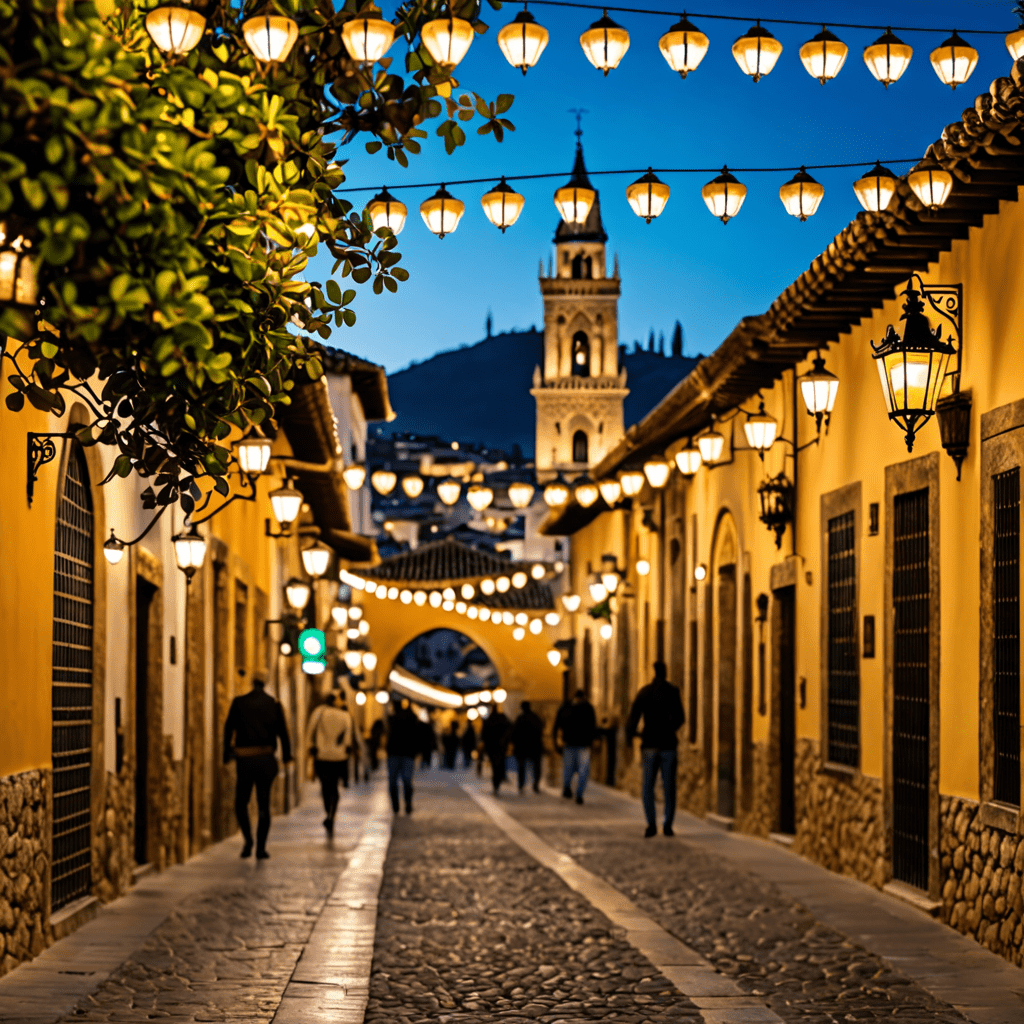
Birdwatching Hotspots in Belarus
Nestled in Eastern Europe, Belarus is a haven for bird enthusiasts, boasting pristine natural landscapes and a diverse array of avian species. From vast wetlands to ancient forests, the country offers an abundance of birdwatching hotspots that cater to all levels of enthusiasts. This article presents the top five birdwatching destinations in Belarus, each renowned for its unique habitats and abundant birdlife.
1. Polesie State Radioecological Reserve
Established in the aftermath of the Chernobyl disaster, the Polesie State Radioecological Reserve encompasses a vast expanse of wetlands, forests, and meadows. Despite its historical significance, the reserve has become a vibrant sanctuary for numerous bird species, including the elusive European bison. Its extensive marshlands provide ideal breeding grounds for waterfowl, while its dense forests shelter a variety of songbirds, raptors, and woodpeckers.
2. Pripyatsky National Park
Located in the southern region of Belarus, Pripyatsky National Park is renowned for its pristine riverine ecosystem. The park's namesake, the Pripyat River, meanders through vast floodplains, creating a mosaic of habitats that support a staggering diversity of birdlife. From majestic cranes to shy bitterns, the park's wetlands offer ample opportunities for birdwatching enthusiasts. Its upland forests are equally rich in avian species, including the iconic Ural owl and the elusive wood grouse.
3. Narochansky National Park
Nestled in the picturesque Belarusian Lakeland, Narochansky National Park encompasses the country's largest lake, Lake Naroch. The park's diverse landscapes, ranging from forests to meadows and marshes, provide a haven for a wide range of bird species. Its wetlands are particularly renowned for their concentrations of waterfowl, while its forests offer excellent opportunities for spotting woodland birds such as the nuthatch, the great spotted woodpecker, and the crossbill.
4. Bereza Biosphere Reserve
Situated in the west of Belarus, the Bereza Biosphere Reserve is a unique blend of forests, wetlands, and agricultural landscapes. The reserve's vast expanse of alder forests is a haven for a variety of bird species, including the endangered lesser spotted eagle and the rare black stork. Its wetlands attract a diverse array of waterfowl, while its meadows provide excellent opportunities for spotting grassland birds such as the corncrake and the meadow pipit.
5. Belovezhskaya Pushcha National Park
Recognized as a UNESCO World Heritage Site, Belovezhskaya Pushcha National Park is one of the largest and oldest forests in Europe. Its primeval woodland ecosystem is home to a remarkable array of bird species, including the iconic European bison. The park's dense forests provide excellent opportunities for spotting a variety of woodland birds, including the three-toed woodpecker, the black grouse, and the eagle owl.
6. Lake Svityaz
Nestled in the heart of Belarus, Lake Svityaz is renowned as the country's largest lake, known for its exceptional water clarity and pristine surroundings. Its tranquil waters attract a diverse range of bird species, including the majestic osprey, the elusive marsh harrier, and the graceful mute swan. The lake's extensive reed beds provide ideal breeding grounds for numerous waterbirds, making it a haven for ornithologists.
7. Zaslavl Reservoir
Located just a stone's throw from the bustling capital of Minsk, Zaslavl Reservoir offers an oasis for birdwatchers amidst urban sprawl. Its tranquil waters and surrounding wetlands attract a wide variety of waterfowl, including the common pochard, the gadwall, and the tufted duck. The reservoir's diverse habitats also support an array of woodland birds and migratory species.
8. Minsk Sea
Minsk Sea, a popular recreational destination on the outskirts of the city, is a birdwatching hotspot that offers a unique blend of urban and natural landscapes. Its expansive reservoir attracts numerous waterfowl, while its surrounding wetlands and forests provide a sanctuary for a variety of bird species. Visitors can enjoy birdwatching from designated observation platforms, making it an accessible destination for both seasoned enthusiasts and casual observers.
9. Berezina River
The Berezina River meanders through the central regions of Belarus, creating a picturesque waterway that is renowned for its birdlife. Its diverse habitats, including wetlands, forests, and grasslands, support a rich array of bird species. Birdwatchers can spot a variety of waterfowl, such as the mallard and the common goldeneye, along with numerous woodland birds and migratory species.
10. Lake Vygonovskoye
Situated in the northern reaches of Belarus, Lake Vygonovskoye is a pristine lake surrounded by vast marshlands and forests. Its secluded location makes it a sanctuary for a variety of bird species, including the endangered lesser spotted eagle, the white-tailed sea eagle, and the crane. Visitors can explore the lake by boat or along the designated trails, providing ample opportunities to observe the abundant birdlife in its natural habitat.
FAQs
1. What is the best time for birdwatching in Belarus?
The ideal time for birdwatching in Belarus is during the spring and autumn migration periods, when a vast array of migratory species pass through the country.
2. Are there guided birdwatching tours available in Belarus?
Yes, there are several tour operators in Belarus that offer guided birdwatching tours to various hotspots throughout the country. These tours are led by experienced ornithologists and provide an excellent way to enhance your birdwatching experience.
3. What are some additional tips for birdwatching in Belarus?
Pack appropriate clothing and footwear for outdoor activities, especially if you plan to venture into wetlands or forests.
Bring binoculars and a field guide for bird identification.
Be respectful of the birds and their habitat. Avoid disturbing them or leaving behind litter.
Visit birdwatching forums or consult local experts to gather the most up-to-date information on bird sightings.
Consider using a recording device or a mobile app for bird identification and to capture their calls and songs.


